Angus councillors say “lessons must be learned” from a traffic ban plan around local primaries which caused “agony” for local communities.
It came as just three new school-friendly zones from a list of nine across the district got the green light.
Others were rejected because of a community backlash to recent trials or because they had not delivered the hoped for results.
One Arbroath campaigner claims residents had a zone “forced upon them…using bullying and dirty tactics.”
Kendra Wales led a fight against a second school-friendly zone at Muirfield primary.
She said residents would have “no hesitation” going to the Ombudsman if they do not feel a formal complaint already lodged with the council is properly dealt with.
“We’ve felt undermined, not listened to and disempowered,” she said.
In another location, Newtyle, a test run led to the community council resigning en masse in protest over council “arrogance”.
And Montrose councillor Tommy Stewart raised money questions after being told it costs £17,000-per-school to make the scheme permanent.
“It just seems we’re very good at doing things at great cost and it’s not worked out as we’d hoped,” he said.
What happened to the latest proposals?
School-friendly zones have been successfully introduced at a number of locations.
They ban vehicles from around the primary gates at the start and end of the school day.
Improving safety is a key aim, but the schemes are also designed to raise air quality and encourage active travel.
However, officials came under fire when they admitted speed surveys had not been carried in the latest trials.
It was put down to an “oversight”.
And there was no air quality data for some schools due to “technical issues”.
The outcome for permanent school-friendly zones in the latest phase was:
- Andover, Brechin: Rejected 11 votes to 5
- Carlogie, Carnoustie: Approved 9 votes to 7
- Letham: Approved 14 votes to 2
- Liff: Approved
- Southesk, Montrose: Rejected
- Muirfield, Arbroath: Rejected
- Maisondieu, Brechin: Rejected 11 votes to 5
- Seaview, Monifieth: Rejected
- Newtyle: Rejected
Scheme caused ‘huge stress’
Arbroath councillor Lois Speed said she was “lost for words” after hearing Ms Wales’ presentation to the committee about the angst it had caused locally.
“I’m quite appalled actually,” she added.
And Kirriemuir councillor Julie Bell said the school-friendly scheme had caused “huge stress” in Newtyle.
“The process has raised questions over meaningful engagement and…front-end communication with communities prior to implementing new initiatives, changes or pilots.”
Forfar member Ross Greig said: “As an experiment I think it’s gone quite badly wrong in numerous places.”
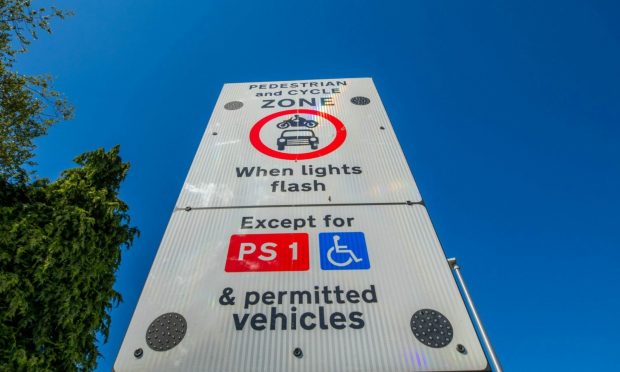

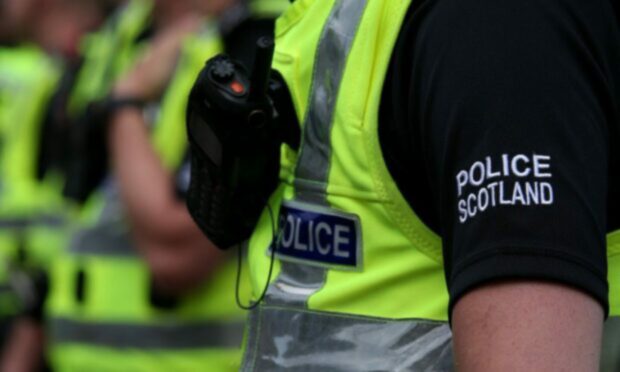


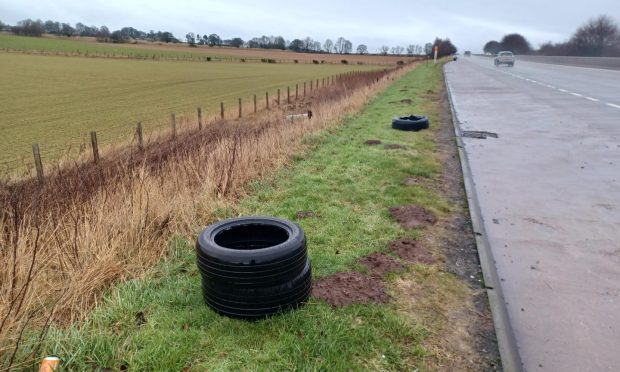

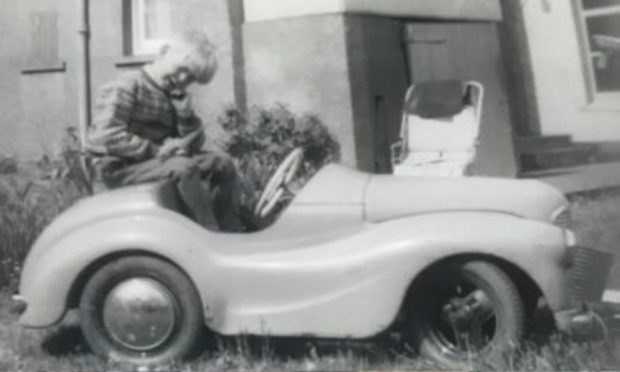


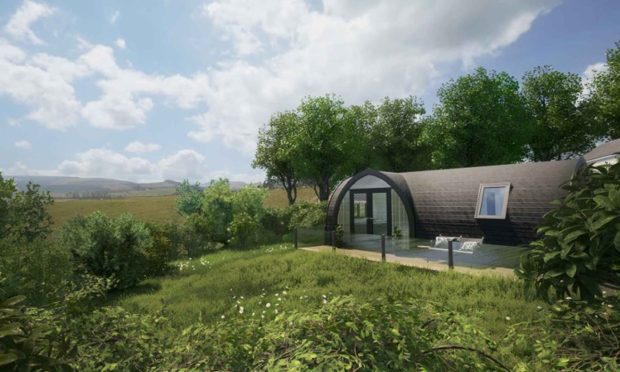
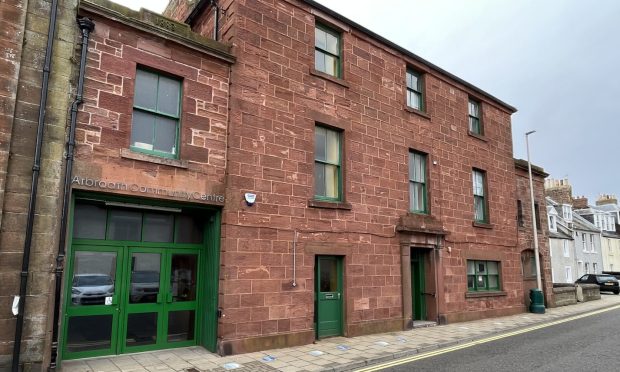
Conversation